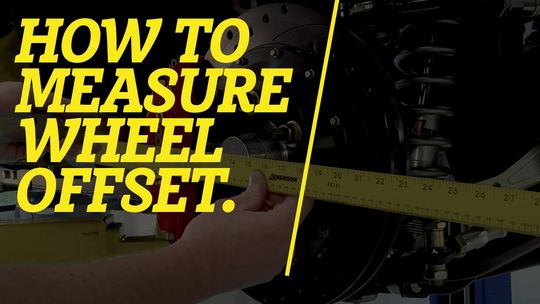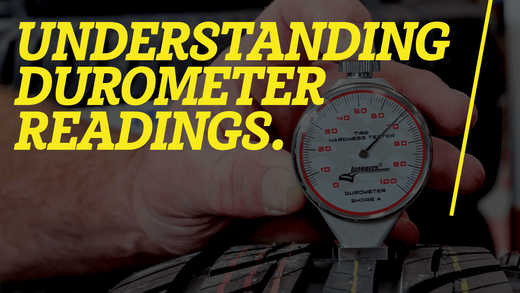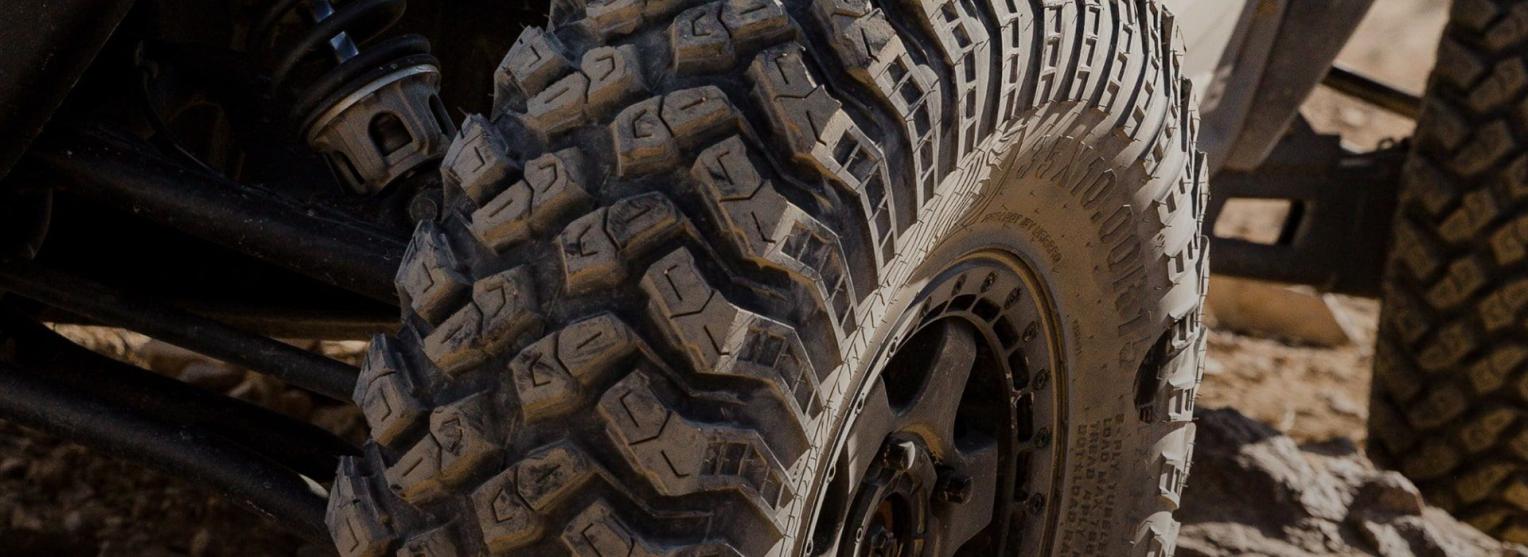| PART # | SIZE | WEIGHT | PLY | O.D. | LUG | LOAD | PSI | RIM | SPEED | TERRAIN |
|---|---|---|---|---|---|---|---|---|---|---|
| MH-27-9-14 | 27-9X14R | 28.8 LBS | 8-PLY RADIAL | 27 | 0.75 | 800 | 24 | 14 | 73J | HARDPACK, A/T |
| MH-27-11-14 | 27-11X14R | 36.3 LBS | 8-PLY RADIAL | 27 | 0.75 | 800 | 24 | 14 | 73J | HARDPACK, A/T |
| MH-28-10-14 | 28-10X14R | 34.1 LBS | 8-PLY RADIAL | 28 | 0.75 | 800 | 24 | 14 | 73J | HARDPACK, A/T |
| MH-30-10-14 | 30-10X14R | 37.8 LBS | 8-PLY RADIAL | 30 | 0.75 | 1000 | 22 | 14 | 80J | HARDPACK, A/T |
| MH-30-10-15 | 30-10X15R | 38.4 LBS | 8-PLY RADIAL | 30 | 0.75 | 1000 | 22 | 15 | 80J | HARDPACK, A/T |
| MH-31-10-14 | 31-10X14R | 41.8 LBS | 8-PLY RADIAL | 31 | 0.75 | 1000 | 18 | 14 | 80J | HARDPACK, A/T |
| MH-32-10-15 | 32-10X15R | 40.5 LBS | 8-PLY RADIAL | 32 | 0.75 | 1000 | 22 | 16 | 80J | HARDPACK, A/T |
| MH-32-10-16 | 32-10X16R | 40.2 LBS | 8-PLY RADIAL | 32 | 0.75 | 800 | 22 | 16 | 73L | HARDPACK, A/T |
| MH-33-10-18 | 33X10R18 | 45.0 LBS | 8-PLY RADIAL | 33 | 0.75 | 675 | 22 | 18 | M | HARDPACK, A/T |
| MH-34-10-20 | 34X10R20 | 50.0 LBS | 8-PLY RADIAL | 34 | 0.75 | 695 | 22 | 20 | M | HARDPACK, A/T |
Understanding how a tire is manufactured is one of the most important tidbits of knowledge to ensure you fully comprehend what makes a good tires, an average tire and possibly a questionable tire that could end up putting you and your passengers in harm’s way. This page is designed to give our customers ongoing tire knowledge to give you all the ammunition possible to make an educated decision. Understanding that plies and load capacity are 100% different in properties however co-dependant on each other to make a superior tire is the very first step to comprehending this puzzle. Lets start with Load capacity.


HOW IS THE LOAD CAPACITY OF A TIRE DETERMINED?
Let’s begin by reminding ourselves that it is not the tire that carries the load, but the air inside it. The tire is just the container for the air. So, if you need to carry more load, you need more air. You might accomplish that with a larger air chamber or by forcing more air molecules into the same size air chamber you’d normally use for a tire with a lower load capacity. In other words, you might use a bigger tire or a tire running at a higher inflation pressure. Either way, the tire needs to be strong enough to handle the higher capacity. The traditional ways of defining this are “Ply Rating,” “Load Range,” and “Load Index.”
WHAT IS MEANT BY “PLY RATING?”
In the early days of bias tires, casing (The main body of the tire exclusive of the tread) strength was built up by adding layer upon layer of cotton fabric. The layers were placed with the thread in each layer at an angle to each other. That added strength, because the tensions would be distributed throughout the layers of fabric. The Ply Rating used to refer to the number of layers of cotton. Since you have to have at least two plies to have a “bias” arrangement, bias ply tires always had an even number of plies.
IS COTTON STILL USED?
Cotton went away a long time ago. One of the major improvements was making plies out of nylon. Ply materials continued to improve, especially with the introduction of steel ply materials and radial construction, making the old “Ply Number” less and less meaningful. And that resulted in the newer designation we use today, called “Load Range.”
WHAT DOES LOAD RANGE REALLY MEAN?
Load Range indicates the maximum load recommended for the tire. This varies by tire size and inflation pressure: A bigger tire can hold more air and can be rated for a higher load. Also, a given tire size at a higher air pressure results in a higher-rated load.
SO WHAT’S THE DIFFERENCE BETWEEN TIRES OF THE SAME SIZE BUT DIFFERENT LOAD RANGES?
It’s no longer the number of plies. Most radial truck tires, for example, have a total of five plies. There’s one steel body ply and four belts under the tread. What is different today is the strength of the steel cables in those plies or the number of cables per inch. We’re now at the point where we no longer add more and more plies, but instead, adjust the strength of the entire casing to achieve the desired load capacity.
WILL A TIRE WITH A HIGHER LOAD RANGE LAST LONGER?
It might, but it also might not. What usually determines tire life is the rate at which the tread wears and whether or not the tread wears evenly. Compound is also a factor as certain tires are engineered to be used on very specific terrain. Sand tires are a good example of a tire that was NEVER intended to be used on rough terrain or hard-pack. If you use the wrong tire in the wrong environment you will see a dramatic decrease in longevity. As long as the tire has enough load capacity for the maximum load you will be putting on it, buying extra load capacity may not increase your tire life.
CASE EXAMPLE - EFX MOTOVATOR R/T UTV TIRE
It might, but it also might not. What usually determines tire life is the rate at which the tread wears and whether or not the tread wears evenly. Compound is also a factor as certain tires are engineered to be used on very specific terrain. Sand tires are a good example of a tire that was NEVER intended to be used on rough terrain or hard-pack. If you use the wrong tire in the wrong environment you will see a dramatic decrease in longevity. As long as the tire has enough load capacity for the maximum load you will be putting on it, buying extra load capacity may not increase your tire life.


Size is what is shown on the tire sidewall. This series of numbers is very easily translated to represent: Diameter – Width x Wheel Diameter. The symbols used in tire size (x -) do not reference any equation. Each manufacturer uses various symbols to separate the specific dimensions.
Ply Rating refers to how many layers of nylon cord are embedded into the tire design. The higher the ply rating, the larger the load capacity and stiffer the tire will feel. The lower the plies, the softer and less responsive the tire will feel.
Actual Plies refers to how many actual plies of nylon are in a specific tire. Tread will almost always have a higher ply count to reduce punctures on various terrains. Refer to above description of cotton vs. nylon to understand why actual count varies from advertised ply count.
Load Index refers to the maximum weight each tire can support. As load index increases, ply rating/count will increase and in turn overall tire weight will increase. All ratings are dependent on each other to ensure a safe, durable tire.
PSI refers to manufacturer’s suggested air pressure setting relative to load index. If users do not use the suggested factory rated PSI in normal use, tire is not guaranteed to load index specs. In other words, if you under-inflate your tires lower than suggested PSI, you may compromise the integrity of tire under load/transit. If you over-inflate tire past suggested PSI, you will run the risk of tire explosion causing damage to you and your property.
Durometer Rating is a rating for the hardness of the rubber compound used to make each tire. Each tire requires a specific hardness to ensure it grips, floats, bites and crawls over various unique environmental obstacles/terrains. The higher the durometer rating, the harder the compound. For Durometer readings on all EFX Tire styles please visit our Durometer Spec Page.







